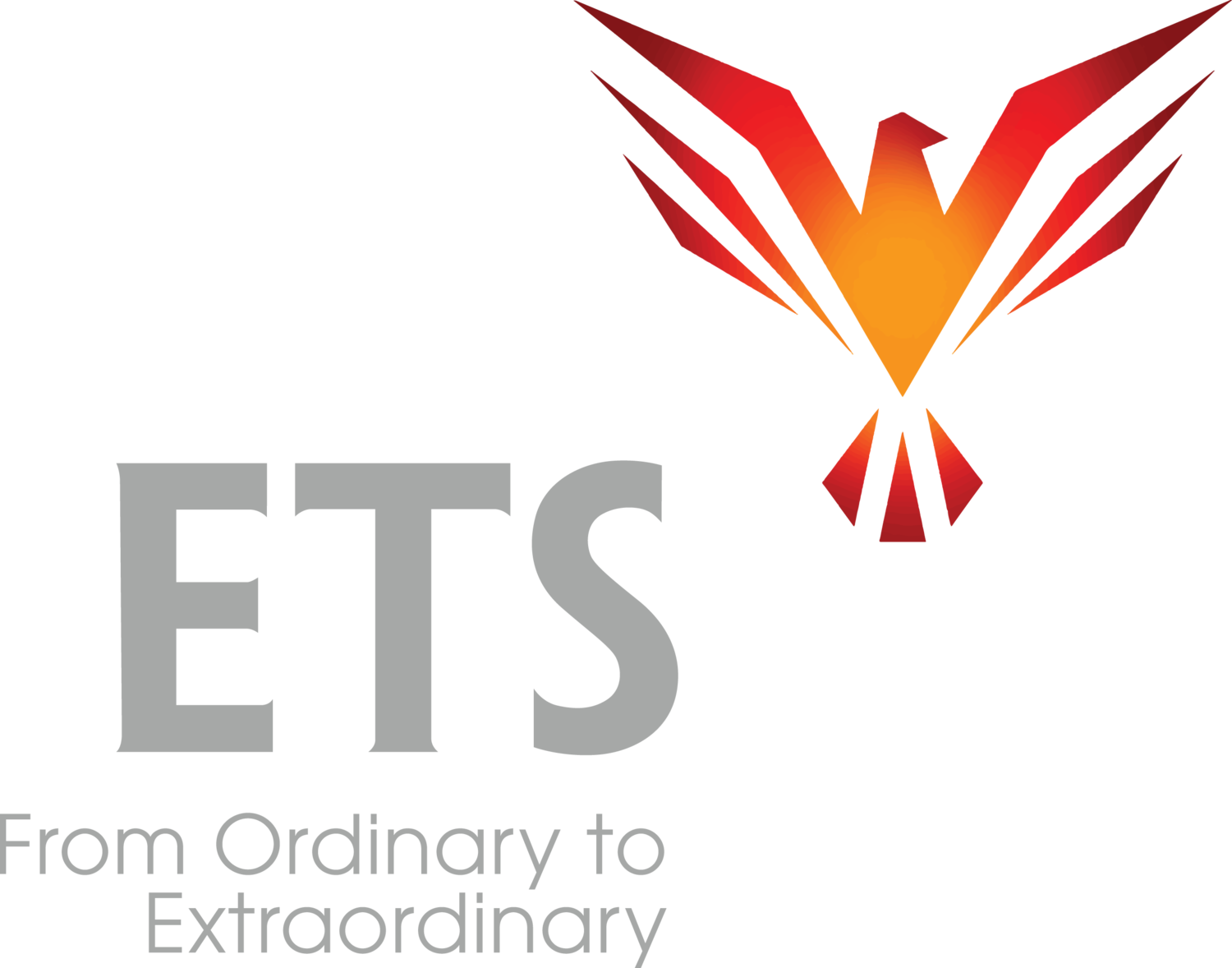“I’m a techie guy. I’m not one of those dynamic, charismatic types. I don’t even like them.”
I’ll never forget the first time I saw Steve. He had just been promoted to Senior VP. His boss, the Executive VP, reached out to me within weeks of Steve’s starting in his new role:
“You’ve got to help him. He’s in a very visible position now. His presentations are dreadful. He’s dry, monotone, off-putting. The employees are not warming up to him. Frankly, I don’t think they like him.”
The problem was that, while Steve dislikes the dynamic, charismatic type, that’s exactly the words used to describe the previous Senior VP, the one Steve was replacing, the one everyone loved, the one who had just left the company, the one everyone missed, the one everyone wished would come back.
You see the problem.
Steve’s position was that other guy might have been dynamic and charismatic, but he didn’t know what he was doing. It was time to change direction and really get the job done. The employees didn’t see that at all as they listened to Steve.
You can see why the employees didn’t like him.
But there was another problem…
Looking at me meaningfully, Steve said, “You should know that I dislike consultants and I don’t believe in executive coaches. I’ve stayed away from them … up until now.”
Then, with narrowed eyes, he said, “So, where do we start?”
I started where I always start. I asked, “So, what are your goals?”
Steve said, “They loved that SVP, but they don’t understand that he was leading them in the wrong direction and they don’t know how stagnant they’ve become. I want them to understand that they need to change. I want them to understand why they need to change. I know what we need to do because I did it in my last company. They’ve never seen it and they have no idea what I’m talking about. They resent that I keep talking about the company I came from.”
And so our coaching began. I met Steve where he was. We had a goal.
I made our first objective to create real understanding of his strategy and coached Steve toward that.
In order to create understanding, real understanding, you need to know how to connect with your audience, how to really connect.
That involves eye contact. (One of a number of other things that Steve hated.)
The good thing about Steve is that he is a techie guy. I love techie guys. They’re logical. I’m very good at explaining things, making them simple and logical.
There were many things that Steve wasn’t happy about initially, but he could see the logic in each coaching step. So we marched forward.
Steve would say, “That feels weird” as he practiced a new skill, like eye contact. I took many, many videos of him and showed them to him. And then Steve could actually see how good he looked.
Steve learned that initially, it feels weird, and then it doesn’t. And then he learned that all that weird feeling is, is that it feels new, and new can be very, very good. Especially when the old way’s not working.
Ironically, this was the same lesson he wanted to teach the organization.
Gradually, Steve came to trust me. He’s a smart guy and made tremendous progress. And then, a very interesting thing happened as we achieved the initial objective for Steve to be understood:
Steve got better and better and better and better. And as he got better, he became, wait for it… dynamic and charismatic.
Even before that point, employee surveys came back saying he was “informative, inspiring and gave them confidence in the new organization”.
They fell in love with the techie guy (still very geeky) who now connects with them and comes across as a real leader of people.
The head of Corporate Communications came to me and said, “It’s amazing! Steve is still Steve. But now he is amazing!”
It’s so important to always be you.
Steve is now being asked to give talks all over the world, to heads of governments and leaders of global corporations. He’s representing the company in presentations that are valued in billions of dollars when they’re successful.
Steve is not in Sales (heaven forbid!), but all the Sales guys and gals want him there in the meeting and all the top-tier customers do too.
Steve sent me a photo of his most recent presentation. The group of high-level officials he was presenting to are all beaming in admiration. And there is Steve. Arms outstretched, smiling wide, eyes twinkling, happier than I’ve ever seen him.
The feedback that he got was, “You won their trust in that presentation and in that moment you won their hearts.”
My point to you is this. Where you’re going doesn’t have to have anything to do with where you start. As a matter of fact, if it’s something that really lights you up, it won’t.
So, don’t let your starting point distract you from what you want.
You have dreams. You have goals and a strong purpose burning within you. Your communication will make it happen.
One of my other Senior VP clients emailed me this:
“People always think someone else has more power than they do. In your Executive Coaching they realize that instead of looking at things like rank and status and prestige, to look inside at their internal capabilities to communicate about anything to anyone. And when you have that, every audience will give you the keys to the house. There is no audience that you can’t win over.”
And that is true. You have tremendous internal capabilities. There is no audience you can’t win over.
Be the cause!

